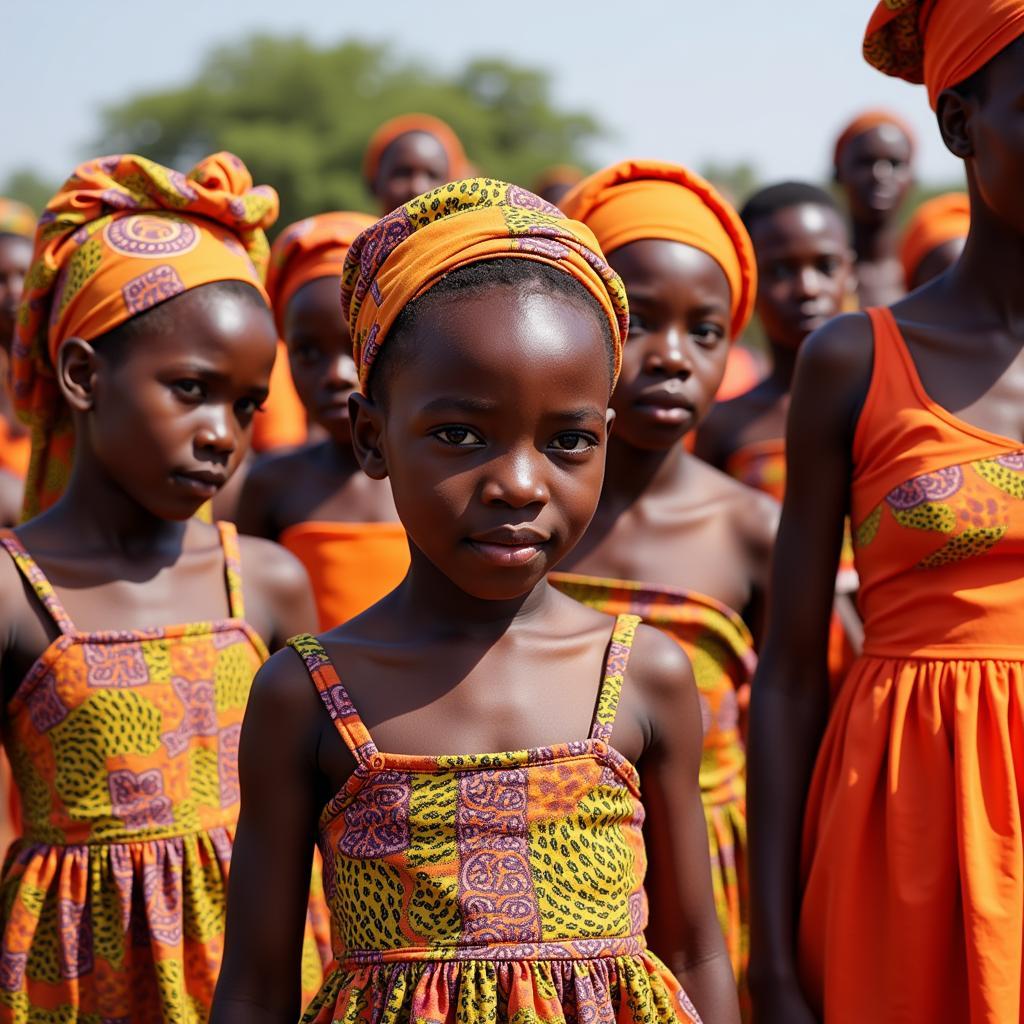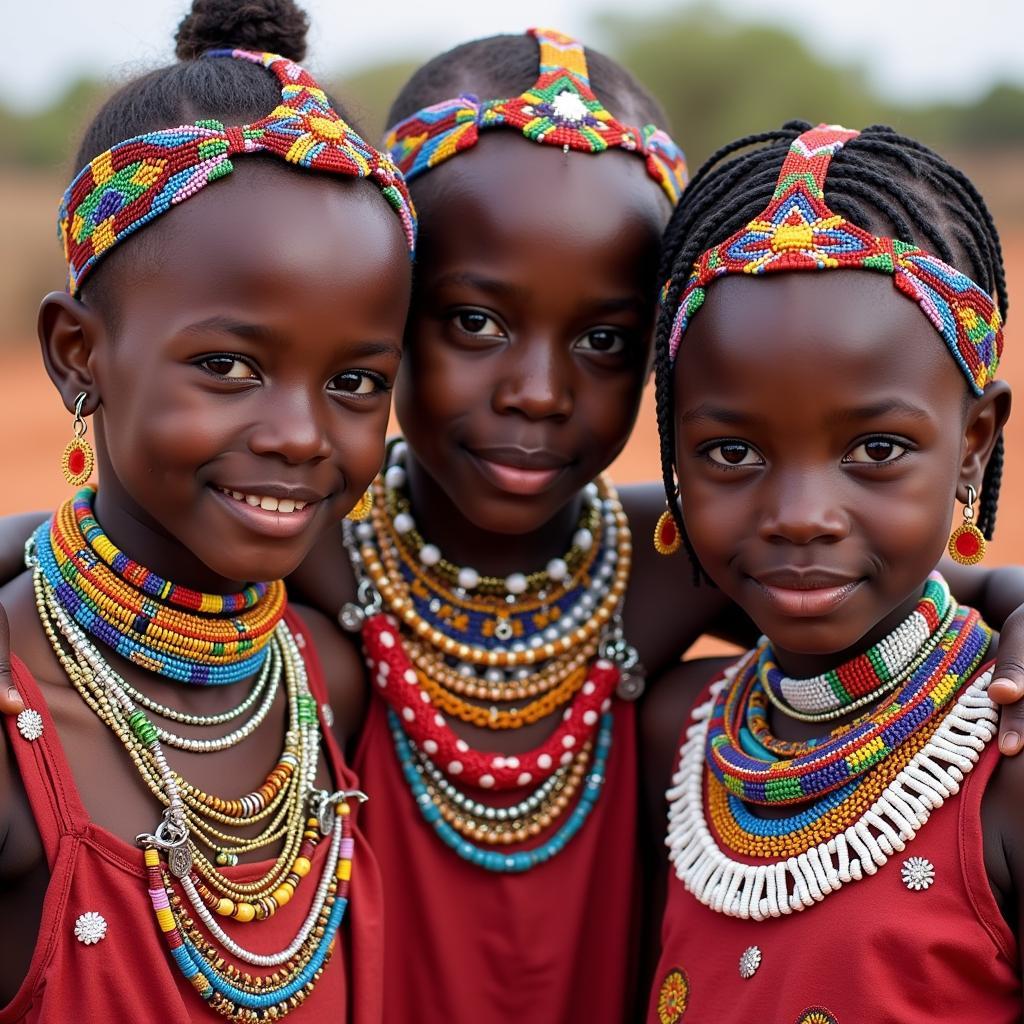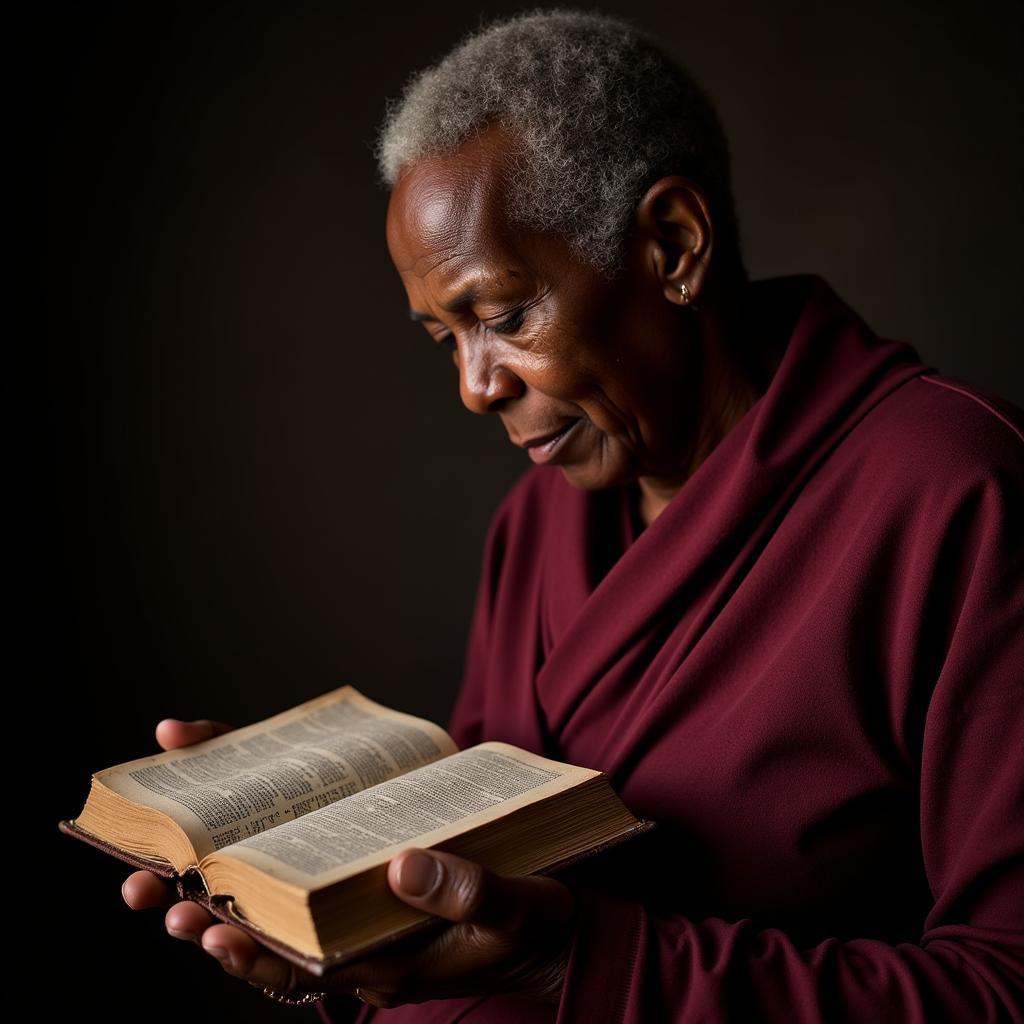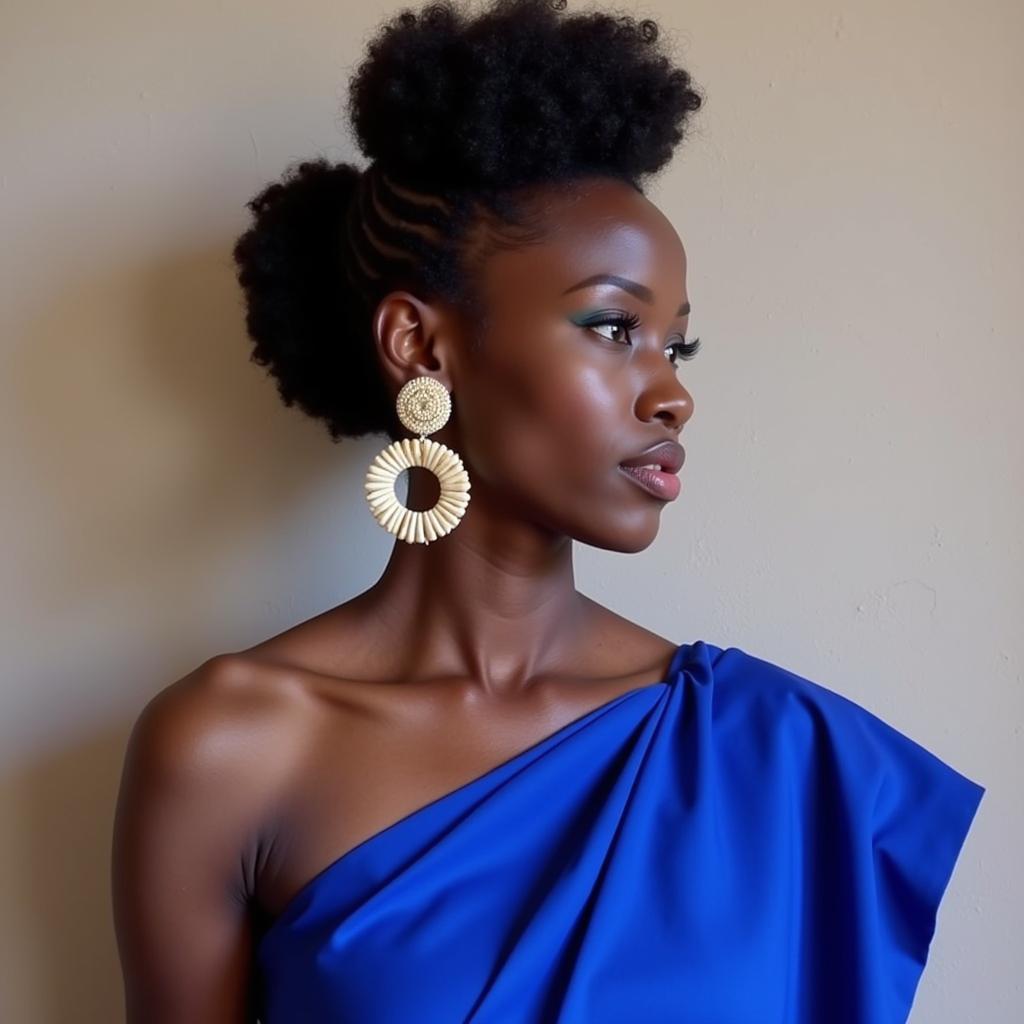A Colorful Journey: Exploring African Costume for Girls
African Costume For Girls is a vibrant tapestry woven with cultural heritage, artistic expression, and the unique stories of diverse communities. From the intricate beadwork of the Maasai to the brightly colored kente cloth of Ghana, each garment tells a tale of tradition, ceremony, and daily life. This exploration delves into the fascinating world of African attire for young girls, uncovering its significance and showcasing the breathtaking variety across the continent.
The beauty of African clothing lies not just in its aesthetic appeal but also in the rich symbolism embedded within each piece. Certain colors, patterns, and materials hold deep meaning, reflecting social status, age group, or even spiritual beliefs. Understanding these nuances offers a glimpse into the heart of African culture. Traditional garments often play a crucial role in ceremonies like weddings, initiations, and festivals, marking important milestones in a girl’s life. For instance, in many West African communities, girls wear specific outfits during puberty rites, signifying their transition into womanhood. These ceremonies often include elaborate dances and songs, with the girls’ costumes playing a central role in the visual spectacle. Did you know that some traditional African hairstyles also complement the clothing, creating a cohesive and harmonious look?
The Diversity of African Girls’ Costumes
Across the vast expanse of Africa, diverse ethnic groups have developed their unique styles of clothing. These styles often incorporate locally available materials and reflect the climate and environment. In North Africa, girls might wear flowing, lightweight dresses adorned with intricate embroidery, perfect for the warm desert climate. The use of vibrant colors in certain regions reflects the abundance of nature and celebrates life’s vibrancy. You can find pictures showcasing this rich heritage. African culture pics provides a visual journey through diverse traditions.
North African Elegance
North African costumes for girls often feature flowing fabrics and intricate embroidery, often incorporating Islamic influences. These garments, characterized by their modesty and elegance, come in a variety of styles and colors, reflecting the region’s rich cultural heritage.
West African Vibrancy
West African clothing is known for its vibrant colors and bold patterns. From the elaborate kente cloth of Ghana to the brightly dyed fabrics of Nigeria, West African girls’ costumes are a celebration of life and culture. Girls often wear headwraps tied in elaborate styles, adding another layer of elegance and artistry to their attire.
 West African Girls in Colorful Traditional Dresses
West African Girls in Colorful Traditional Dresses
East African Adornment
East African girls’ costumes often feature intricate beadwork and decorative elements. The Maasai, for example, are known for their elaborate beadwork, which adorns everything from necklaces and bracelets to clothing and headwear. These beadwork patterns often hold symbolic meaning, representing age, marital status, or social standing.
Southern African Simplicity
Southern African clothing for girls can vary greatly depending on the specific ethnic group. Some communities favor simpler styles, focusing on natural fabrics and earthy tones. Others incorporate more elaborate beadwork and embroidery, reflecting the influence of neighboring regions.
 East African Maasai Girls with Traditional Beadwork
East African Maasai Girls with Traditional Beadwork
What Makes African Costumes Unique?
African costumes are more than just clothing; they are a powerful expression of identity and heritage. Passed down through generations, these garments represent a connection to the past and a celebration of cultural continuity. The intricate details and symbolism woven into each piece tell stories of family, community, and tradition. Think about the handcrafted nature of many traditional garments – each stitch and bead represents hours of skilled labor and artistic passion.
For a deeper understanding of the dynamism of African culture, exploring different art forms can be insightful. You might be interested in African dance vector.
Traditional Materials and Techniques
Many African costumes are made using traditional techniques and locally sourced materials. From handwoven fabrics to intricate beadwork, these garments are a testament to the skill and artistry of African artisans. Natural dyes derived from plants and minerals create the rich and vibrant colors that characterize many African textiles.
Conclusion
African costume for girls offers a fascinating glimpse into the diverse cultures and traditions of the continent. From the intricate beadwork of the Maasai to the vibrant kente cloth of Ghana, each garment tells a story. By understanding the symbolism and significance behind these costumes, we can gain a deeper appreciation for the rich cultural heritage of Africa. Explore the beauty and diversity of African costume for girls and discover a world of vibrant colors, intricate patterns, and powerful symbolism.
Have you ever wondered about the intricate details and craftsmanship involved in creating these stunning garments?
FAQ
-
What are some common materials used in African girls’ costumes?
Common materials include cotton, linen, silk, leather, and various natural fibers. -
What is the significance of beadwork in African costumes?
Beadwork often holds symbolic meaning, representing age, marital status, or social standing. -
Where can I learn more about African dance and its connection to traditional costumes?
You could try searching for African dance class Philadelphia for classes near you. -
Are there specific costumes worn for different ceremonies or events?
Yes, different costumes are often worn for weddings, initiations, festivals, and other important occasions. -
How are traditional African costumes made?
Many are handcrafted using techniques passed down through generations, such as weaving, dyeing, and beading. -
Where can I find authentic African costumes?
Authentic costumes can often be found in local markets, specialty shops, and online retailers. -
How can I learn more about the cultural significance of different African costumes?
Research online, visit museums, or consult with cultural experts to deepen your understanding.
Situations Where These Questions Are Commonly Asked:
These questions often arise when people are planning to attend a cultural event, researching for a school project, or simply curious about African traditions. They might also be asked by individuals looking to purchase authentic African clothing. For those interested in adult entertainment, African exotic dancers may be of interest.
Other Related Questions and Articles:
You might also be interested in learning about African hairstyles, traditional music, or the history of different ethnic groups. Check out other articles on our website for more information. For those with more adult interests, a search for hot African porn may be relevant.
Call to Action:
For any assistance or further inquiries, please contact us at: Phone Number: +255768904061, Email: kaka.mag@gmail.com or visit our office at: Mbarali DC Mawindi, Kangaga, Tanzania. We have a 24/7 customer service team ready to assist you.


